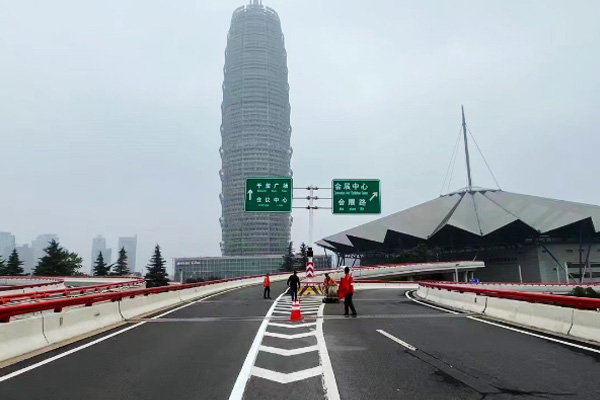In the construction of road markings, hot-melt reflective marking coating has a high-strength visual effect, and the marking has obvious durability characteristics, becoming the main material for road marking construction. Road markings mainly play a role in restricting and guiding in transportation, improving the quality of road markings, improving traffic quality, and reducing the occurrence of safety accidents.
Hot-melt reflective marking coating is a commonly used material in road marking, which has the advantage of stable performance. The raw materials that make up the hot melt reflective marking coating are: resin (to optimize the adhesive properties of the coating); pigments (road markings are generally divided into white and yellow markings, which are titanium powder and barium-cadmium yellow); plasticizer (to improve the elasticity of the coating, to counter the over-consolidation of the coating); fillers (to maintain the durability of the coating); rheology agents (to prevent delamination and settling of paints); Reflective materials (generally applicable are reflective glass beads).
The use standard of hot-melt reflective marking coating is: follow the performance requirements of road marking, check the configuration of hot-melt materials, and optimize the treatment, so as to promote the application of hot-melt reflective marking coating in various construction environments.
For example, for different seasons, hot-melt reflective marking coatings need to be treated differently. In winter, it is necessary to increase the amount of plasticizer used to improve the softening point and adhesion capacity of the coating; In summer, the main purpose is to solve the problem of non-drying of coatings, and the plasticizer content can be appropriately reduced. It is also necessary to match the formula of the paint in proportion according to the actual situation of the road surface.
